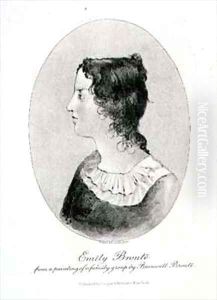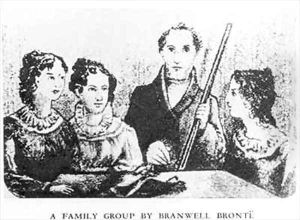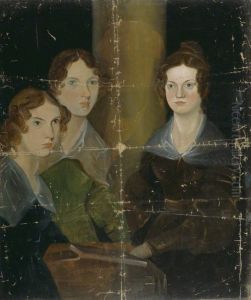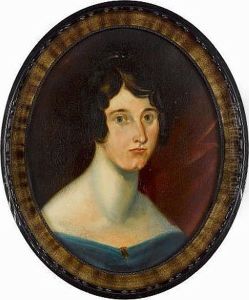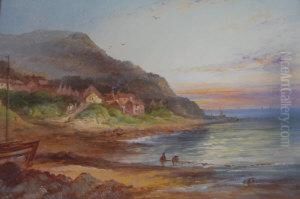Patrick Branwell Bronte Paintings
Patrick Branwell Brontë was an English painter and poet, born on June 26, 1817, in Thornton, near Bradford in Yorkshire. He was the only son of Patrick Brontë, a clergyman, and his wife, Maria Branwell Brontë. Branwell was the brother of the famous Brontë sisters – Charlotte, Emily, and Anne – who are renowned for their contributions to English literature.
Branwell Brontë showed promise in the arts from an early age. He was educated at home by his father and received art lessons from local artists. His initial ambition was to become a portrait painter, and he went to study at the Royal Academy Schools in London for a brief period. However, he did not complete his studies there, and his attempts to establish himself as a professional portraitist in both Bradford and Halifax were unsuccessful.
Aside from painting, Branwell was also interested in writing. He and his sisters created elaborate fictional worlds in their childhood, and he continued to write poetry and prose throughout his life. Unfortunately, Branwell's literary aspirations were often overshadowed by his personal struggles. He faced difficulties with alcohol and opium addiction, which negatively impacted his health and productivity.
Branwell's life was marked by a series of professional disappointments and personal tragedies, including the early deaths of his mother and two elder sisters, as well as his own unrequited love for Mrs. Lydia Robinson, the wife of his employer. These experiences exacerbated his downward spiral into substance abuse and debt.
Branwell Brontë died on September 24, 1848, at the age of 31, most likely due to tuberculosis exacerbated by alcoholism and drug abuse. His death came just a year before the publication of his sisters' novels – Charlotte's 'Jane Eyre', Emily's 'Wuthering Heights', and Anne's 'Agnes Grey' – which would bring the Brontë family lasting fame. While Branwell's contributions to art and literature were largely overshadowed by the success of his sisters, his tragic life story has been the subject of much scholarly interest, and he remains a compelling figure in the history of the Brontë family.
